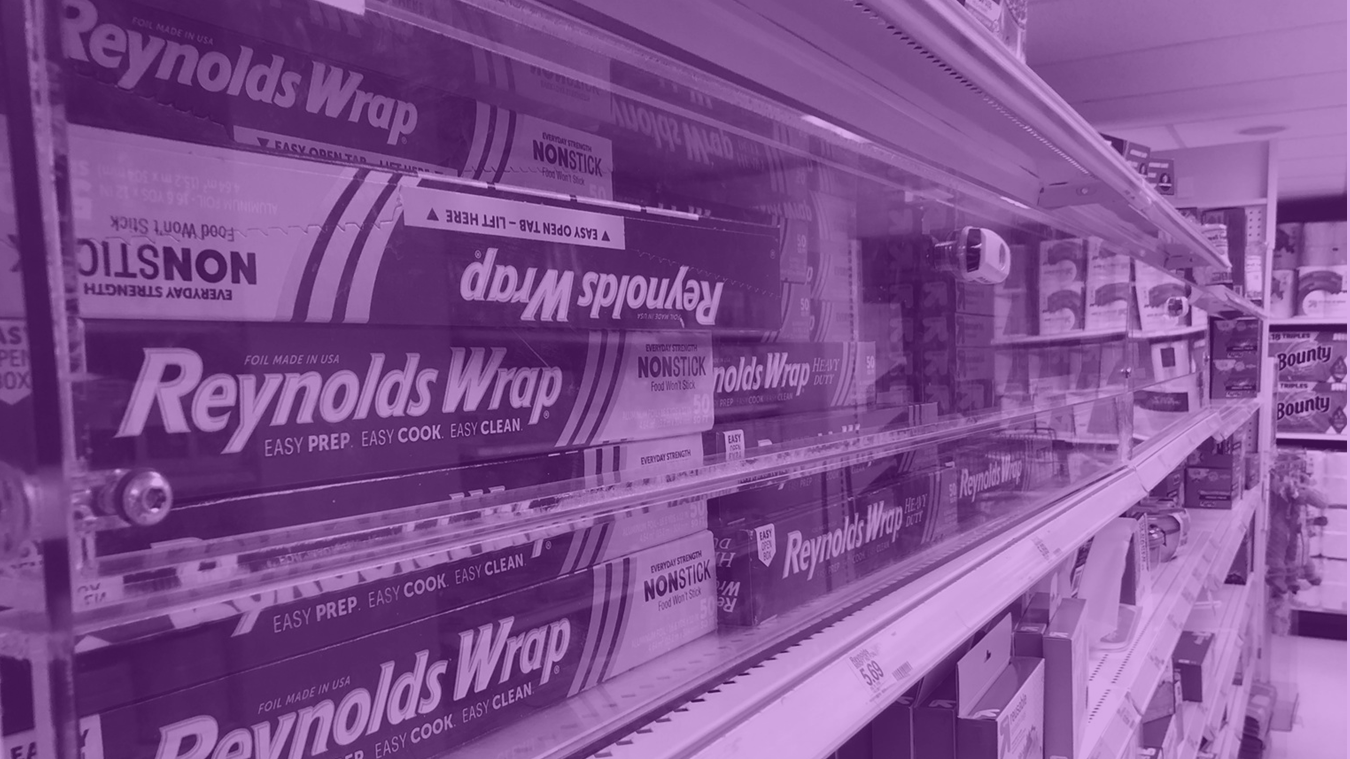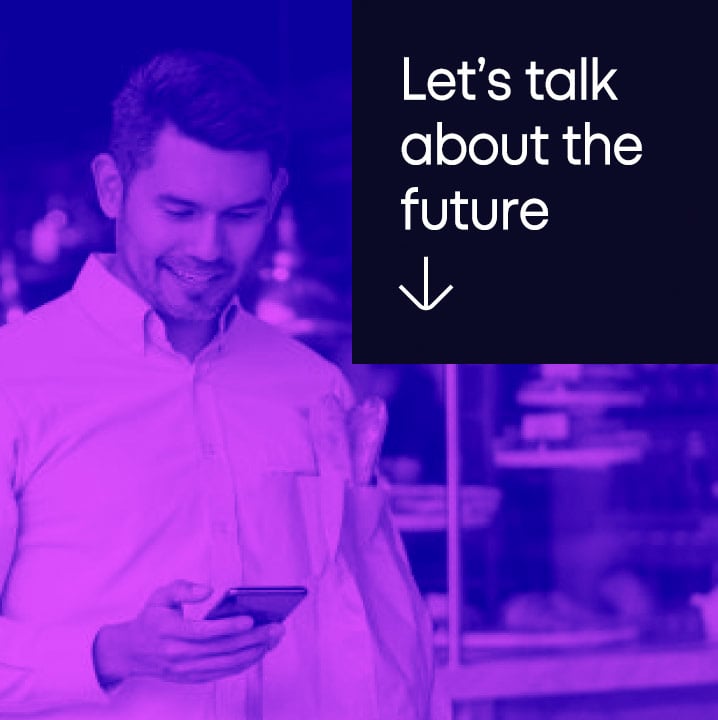The rise in shoplifting and organized retail crime is all over the news these days. Retailers are deploying a number of tactics to keep these numbers down, including locking up merchandise.
While the intent behind locking up merchandise is to thwart shoplifting, the unintended consequences are hurting retailers. By fixing one problem, retailers open themselves up to a number of other challenges, including increased labor needs, a diminished customer experience, and more friction.
The decision to lock up merchandise increases labor requirements. Instead of allowing customers to freely access products, employees are now tasked with safeguarding and unlocking each individual item. This diverts valuable resources away from other essential tasks and places unnecessary strain on employees at a time when many retailers are understaffed.
Locked-up merchandise can also turn what should be a pleasant shopping trip into a frustrating ordeal. Instead of simply taking an item, customers must now locate an available associate, often facing long wait times due to limited staffing or high demand. In today's fast-paced world where time is a precious resource, the added steps of finding an associate, waiting for them to unlock items, and potentially facing multiple locked cases can be exasperating. Customers who encounter these obstacles are more likely to seek alternatives, such as online retailers or competitors with more accessible merchandise. Consequently, retailers can face reduced sales and a tarnished reputation, offsetting any potential gains from reduced theft.
As a checkout-free technology vendor, Zippin is often asked if store entry turnstiles deter potential shoppers. The short answer is no. More than 2.35 million people have shopped at a Zippin-powered store, which demonstrates customer adoption rates are high. To enter a store, shoppers simply tap their credit card at a payment terminal and the turnstile opens. Shoppers are in charge of their own entry experience and once inside, simply take what they want and exit. No scanning, no kiosks, and no locked merchandise are causing friction. No matter how shoppers leave with their items- even if they appear like they’re shoplifting (like in this future-looking video from years ago) they pay for everything they take. The risk of shoplifting at checkout-free stores is greatly reduced because valid payment is collected before entry.
When you compare the customer experience of navigating a single turnstile with that of shopping at a store with dozens of locked cabinets, there’s no question about which option is preferable. Shopping at a Zippin-powered checkout-free store is fast, easy, and void of unnecessary friction. On the other hand, when items are locked up, shoppers are forced to wait for an associate to help them. If they need different items that are all locked, they need to wait multiple times. The cumulative effect of these delays can discourage potential customers and lead to a loss of sales for retailers.
So why not look for a fundamentally new approach to tackling shoplifting by deploying checkout-free shopping? Shoppers have a much better experience, shoplifting risks are reduced, and employees get to do more fulfilling work than unlocking cabinets.




